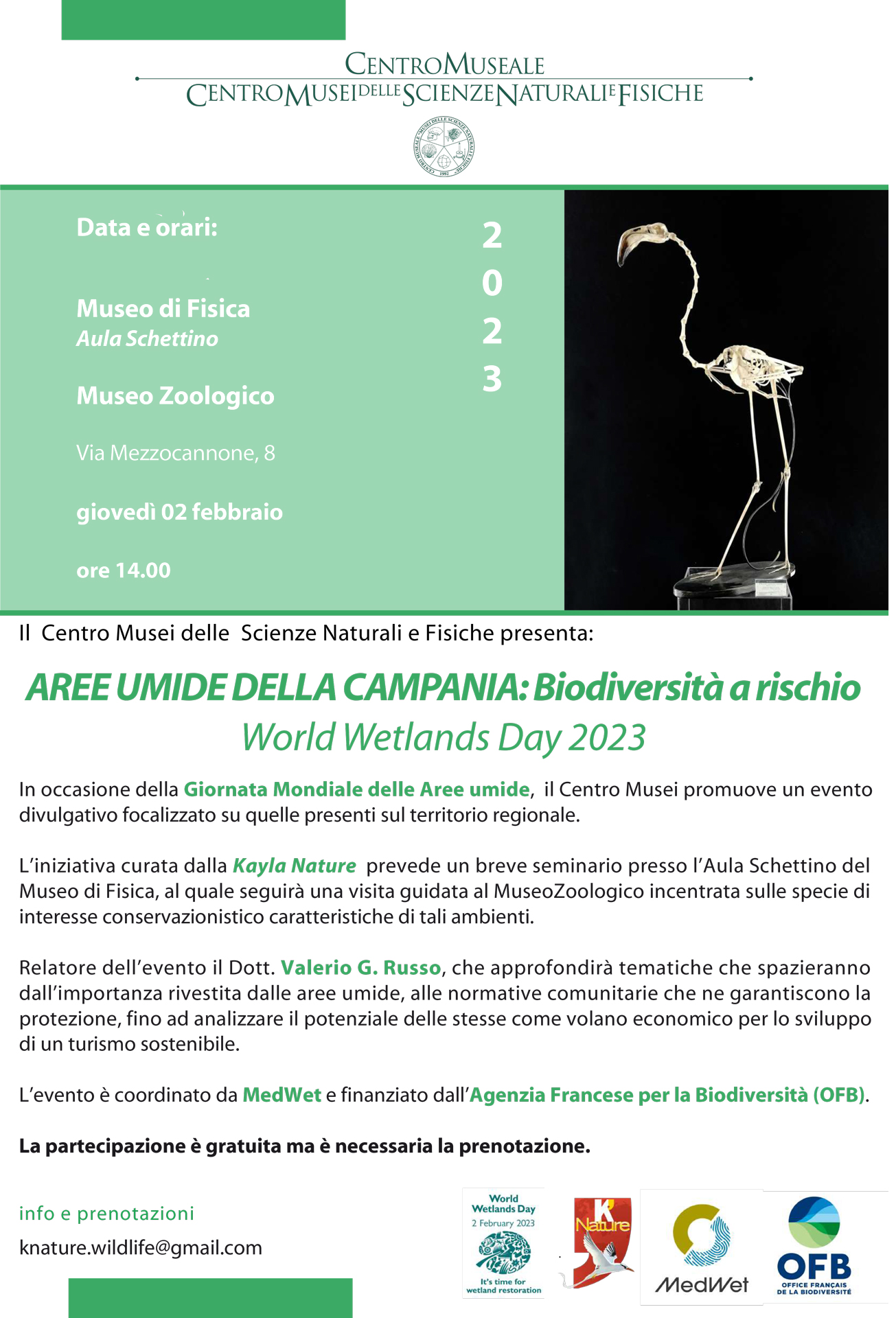Among the most productive and biodiverse environments in the world – as vulnerable as they are – there are certainly wetlands: on the one hand these provide water, nutrients and shelter for countless species of plants and animals, on the other they are constantly threatened and disfigured by environmental changes related to human activity.
Northern Lapwings. Photo by Valerio Russo.
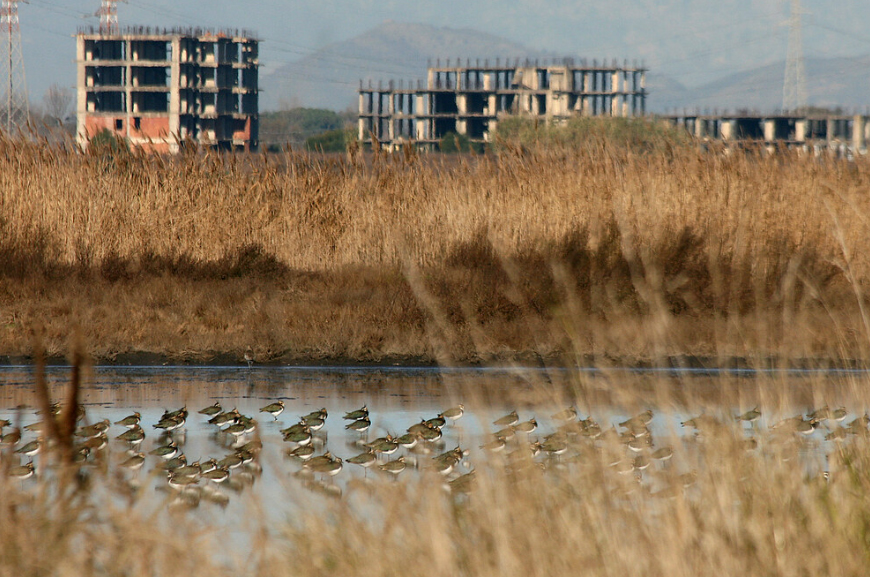
Nevertheless, wetlands appear to be fundamental not only for wild plants and animals, but also for human survival, managing to dispense multiple “ecosystem services“. For example, these appear to be a source of fresh water supply, food resources and building materials, as well as being natural elements of flood control, climate change and pollution mitigation. Furthermore, their intrinsic value on an aesthetic and educational level should not be underestimated, which means that they become not only a natural source of well-being but also a very important economic driving force for recreational and tourist activities.
To protect all the ecosystems included in the wetlands macrogroup, the Ramsar Convention: the first and only intergovernmental treaty concerning the sustainable use and conservation of environments and their biodiversity at a global level. Currently signed by more than one hundred and fifty countries, which are committed to working for a wise use of all wetlands and water resources of their territory, through national plans, policies and legislation, management actions and public education.
Greater Flamingo. Photo by Andrea Senese.
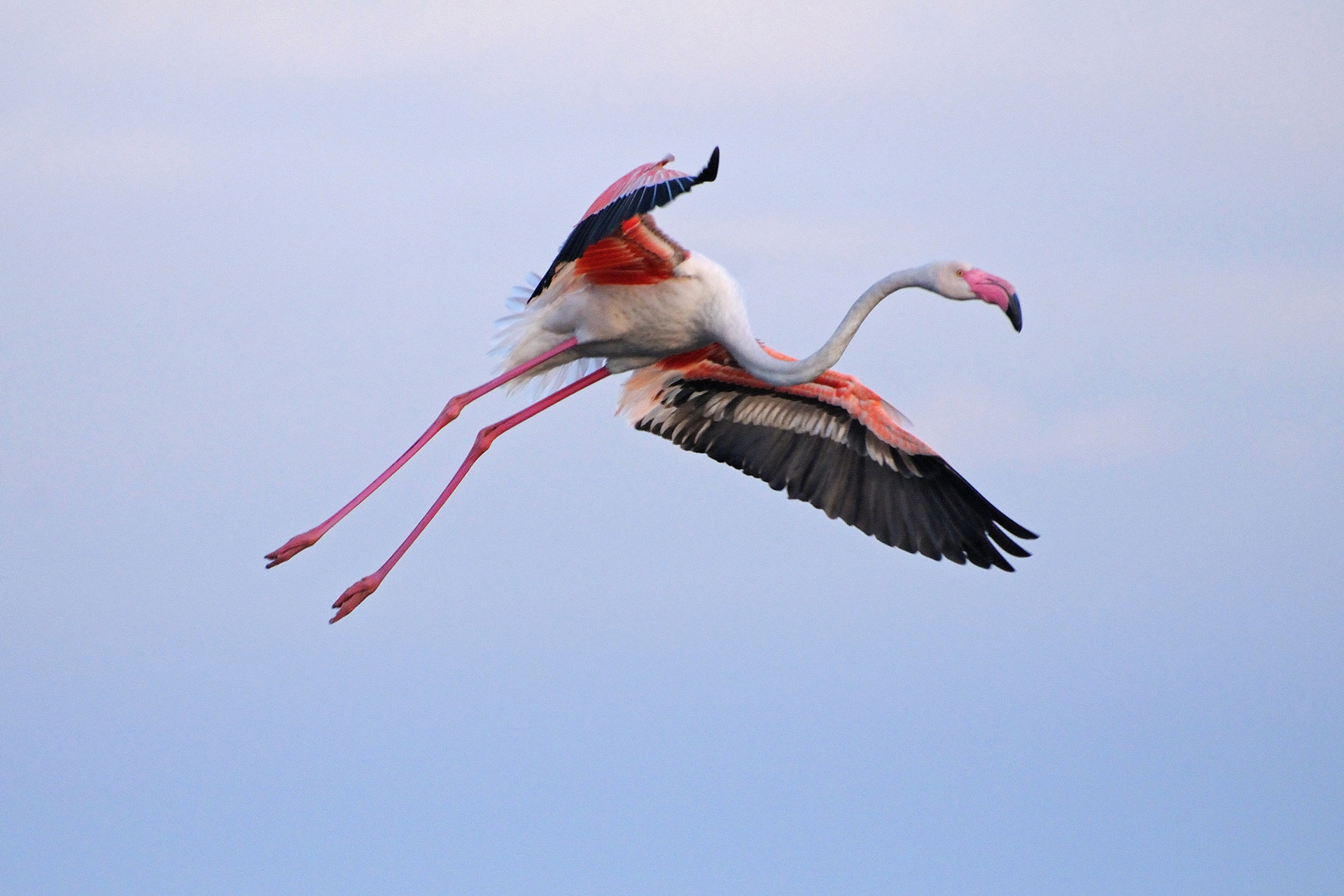
In the world there are about 2000 sites of interest among freshwater, coastal, transitional and artificial environments, such as saltpans and reservoirs. Thus was born the desire to establish the World Wetlands Day aimed at raising public awareness of the importance of wetlands for humanity and for the planet. To celebrate this important day, every February 2, many events are organized around the world, including dissemination activities, exhibitions, educational projects, excursions and birdwatching day trips.
Among these, many are coordinated by MedWet (Mediterranean Wetlands Initiative), that connects 27 Mediterranean and peri-Mediterranean countries that are part of the Ramsar Convention, and some of these are financed by the OFB.
Edible Frog- Photo by Valerio Russo.
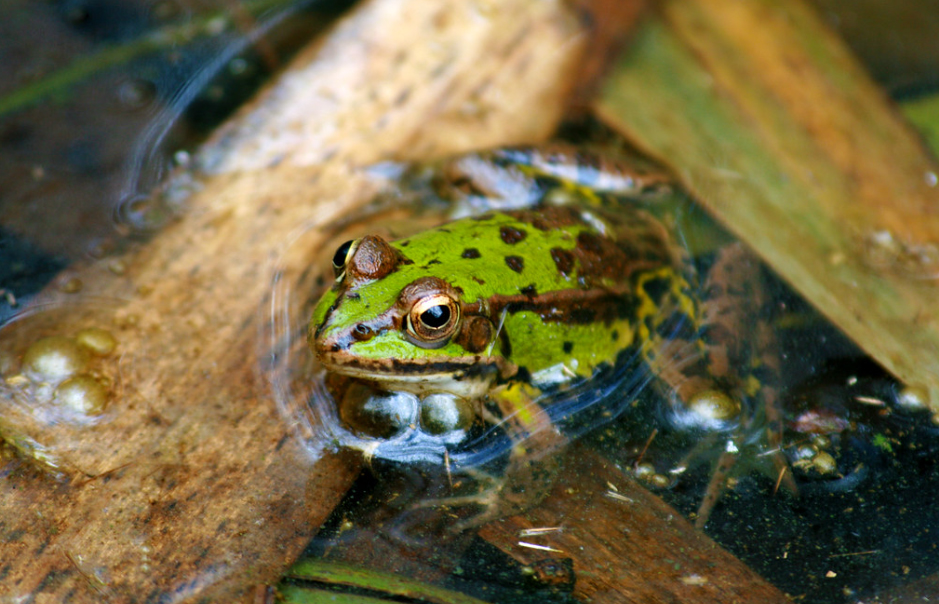
This year K’ Nature is among the organizations supported in the creation of a dissemination event that will take place on February 2 in the magnificent halls of the Museum Center of Natural and Physical Sciences in Naples.
The event “Wetlands and their endangered inhabitants in Campania region” will precisely focus on the importance of the wetlands present in the region, from the most famous ones located along the Litorale Domitio and the protected areas present along the river valleys, to the smaller ones sometimes little investigated and located close to urban areas.
The event will include a brief seminar, held in the Schettino Hall of the Physics Museum by our zoologist Valerio G. Russo, who will talk about topics ranging from the importance of wetlands to their potential for the development of sustainable tourism in the area . Subsequently, the event will move to the rooms of the Zoological Museum, with a guided tour focused on the species of Community interest linked to these environments.
Greater Flamingo skeletron. Zoological Museum of Naples.
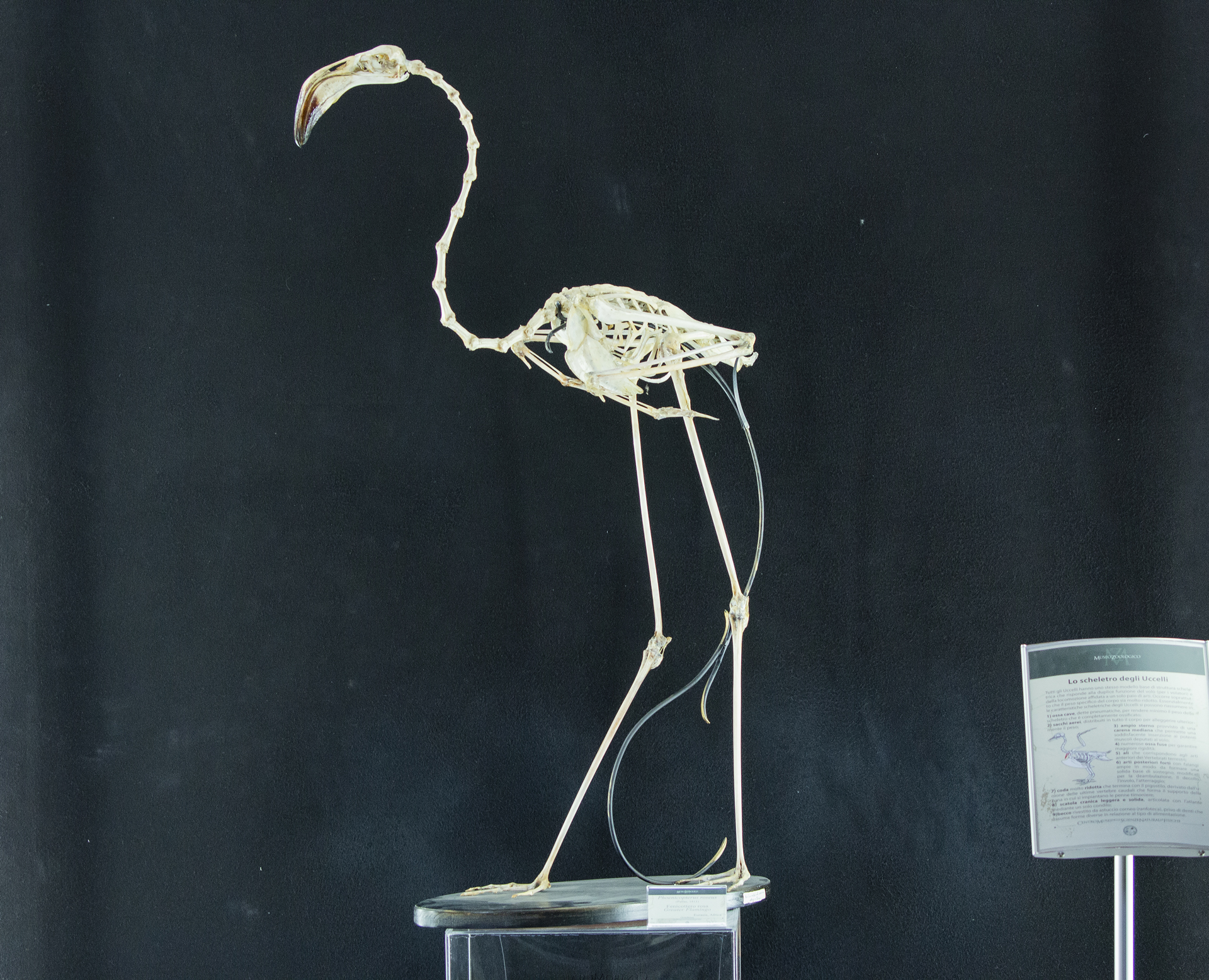
We are therefore waiting for you on Thursday 2 February at the Physics Museum, in Via Mezzocannone 8 of Naples at 2.00 PM.
Participation in the event is free but booking is required by sending an email to: knature.wildlife@gmail.com
